Which of the following ie//are posssible ?
3f
4d
2d
3p
The correct Answer is:B, D
To determine which of the given subshells are possible, we need to analyze the subshells associated with each principal quantum number (n). The subshells are designated as s, p, d, and f, and they are available in specific shells based on the value of n.
1. Identify the Shells and Their Subshells:
- For n = 1 (K shell): Only has the subshell 1s.
- For n = 2 (L shell): Has the subshells 2s and 2p.
- For n = 3 (M shell): Has the subshells 3s, 3p, and 3d.
- For n = 4 (N shell): Has the subshells 4s, 4p, 4d, and 4f.
2. Evaluate Each Given Subshell:
- 3f: The third shell (n=3) does not have an f subshell. Therefore, 3f is not possible.
- 4d: The fourth shell (n=4) does have a d subshell. Therefore, 4d is possible.
- 2d: The second shell (n=2) does not have a d subshell. Therefore, 2d is not possible.
- 3p: The third shell (n=3) does have a p subshell. Therefore, 3p is possible.
3. Conclusion:
- The possible subshells from the given options are 4d and 3p.
- The subshells 3f and 2d are not possible.
Final Answer:
The possible subshells are 4d and 3p.
---
- For n = 1 (K shell): Only has the subshell 1s.
- For n = 2 (L shell): Has the subshells 2s and 2p.
- For n = 3 (M shell): Has the subshells 3s, 3p, and 3d.
- For n = 4 (N shell): Has the subshells 4s, 4p, 4d, and 4f.
- 3f: The third shell (n=3) does not have an f subshell. Therefore, 3f is not possible.
- 4d: The fourth shell (n=4) does have a d subshell. Therefore, 4d is possible.
- 2d: The second shell (n=2) does not have a d subshell. Therefore, 2d is not possible.
- 3p: The third shell (n=3) does have a p subshell. Therefore, 3p is possible.
- The possible subshells from the given options are 4d and 3p.
- The subshells 3f and 2d are not possible.
The possible subshells are 4d and 3p.
Topper's Solved these Questions
- ATOMIC STRUCTUREBOOK - CENGAGE CHEMISTRY ENGLISHCHAPTER - ATOMIC STRUCTUREEXERCISE - Exercises Single Correct
127 Videos
- ATOMIC STRUCTUREBOOK - CENGAGE CHEMISTRY ENGLISHCHAPTER - ATOMIC STRUCTUREEXERCISE - Exercises Assertion And Reason
21 Videos
- ATOMIC STRUCTUREBOOK - CENGAGE CHEMISTRY ENGLISHCHAPTER - ATOMIC STRUCTUREEXERCISE - Exercises Linked Comprehension
50 Videos
- APPENDIX - INORGANIC VOLUME 1BOOK - CENGAGE CHEMISTRY ENGLISHCHAPTER - APPENDIX - INORGANIC VOLUME 1EXERCISE - chapter-7 Single correct answer
1 Videos
- CHEMICAL BONDING AND MOLECULAR STRUCTUREBOOK - CENGAGE CHEMISTRY ENGLISHCHAPTER - CHEMICAL BONDING AND MOLECULAR STRUCTUREEXERCISE - Archives Subjective
15 Videos
Similar Questions
Knowledge Check
Which out of the following are included under tracheophyta, i.e., vascular plants?
APteridophytesBGymnospermsCAngiospermsDall of these.In disaccharides, if the reducing groups of monosaccharides, i.e., aldehydic or ketonic groups are bonded, these are non-reducing sugars. Which of the following disaccharide is a non-reducing sugar?
A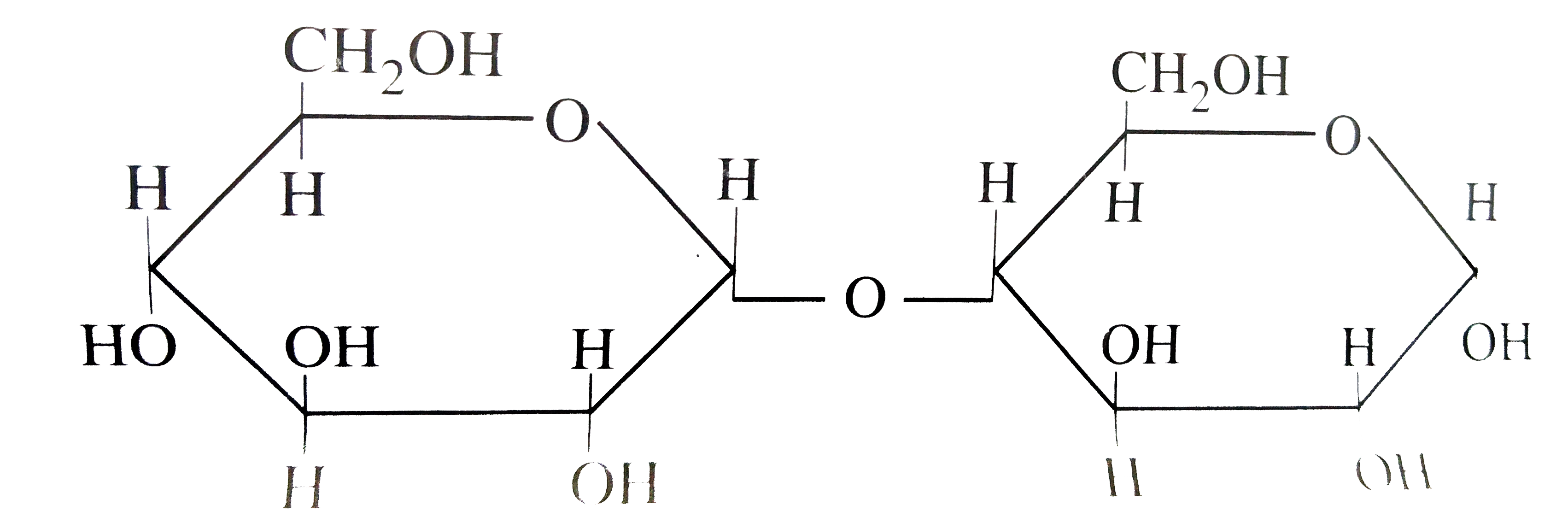 B
B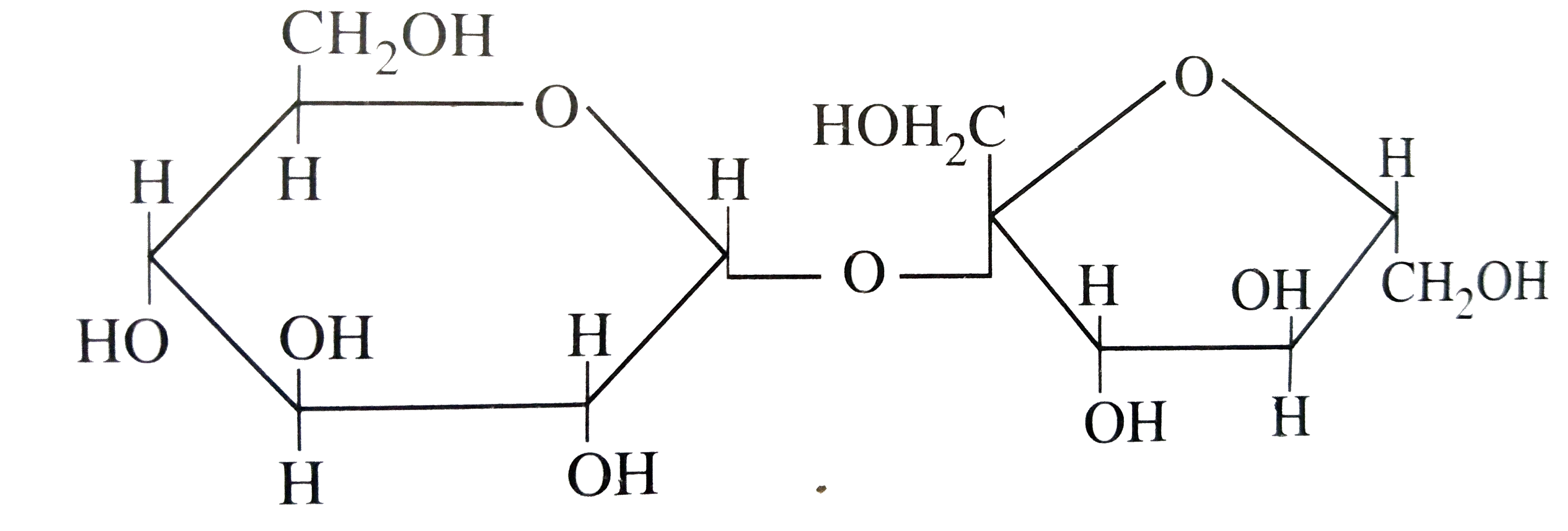 C
C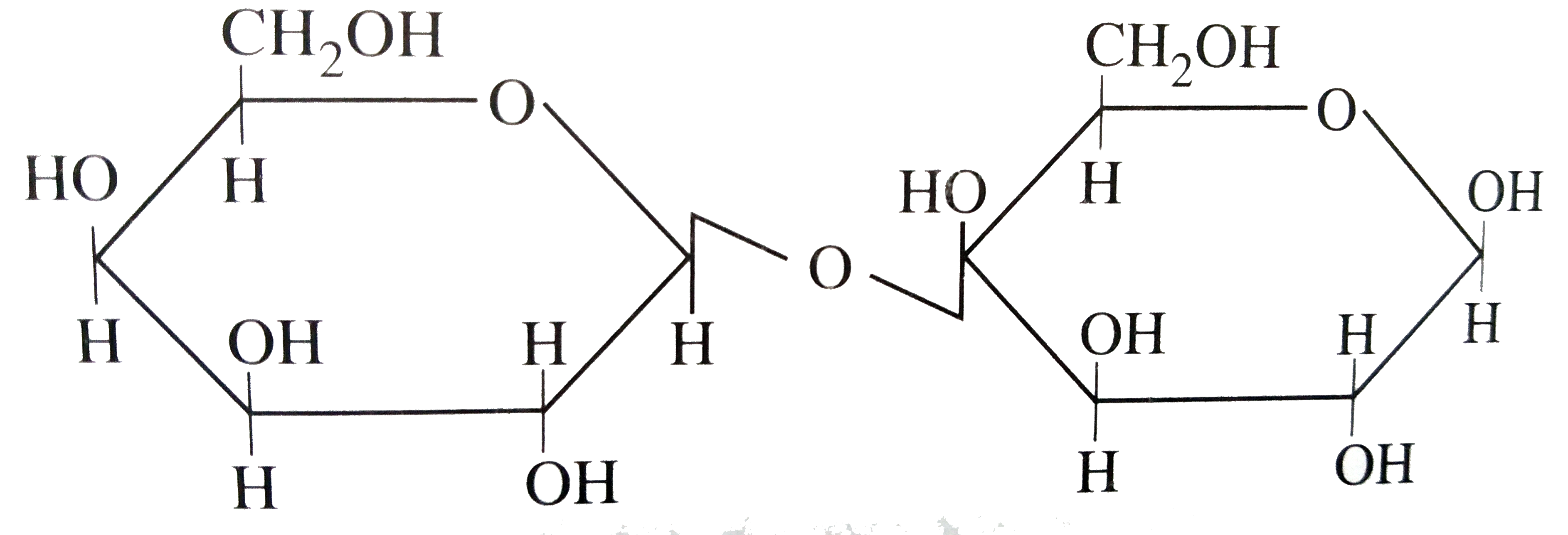 D
D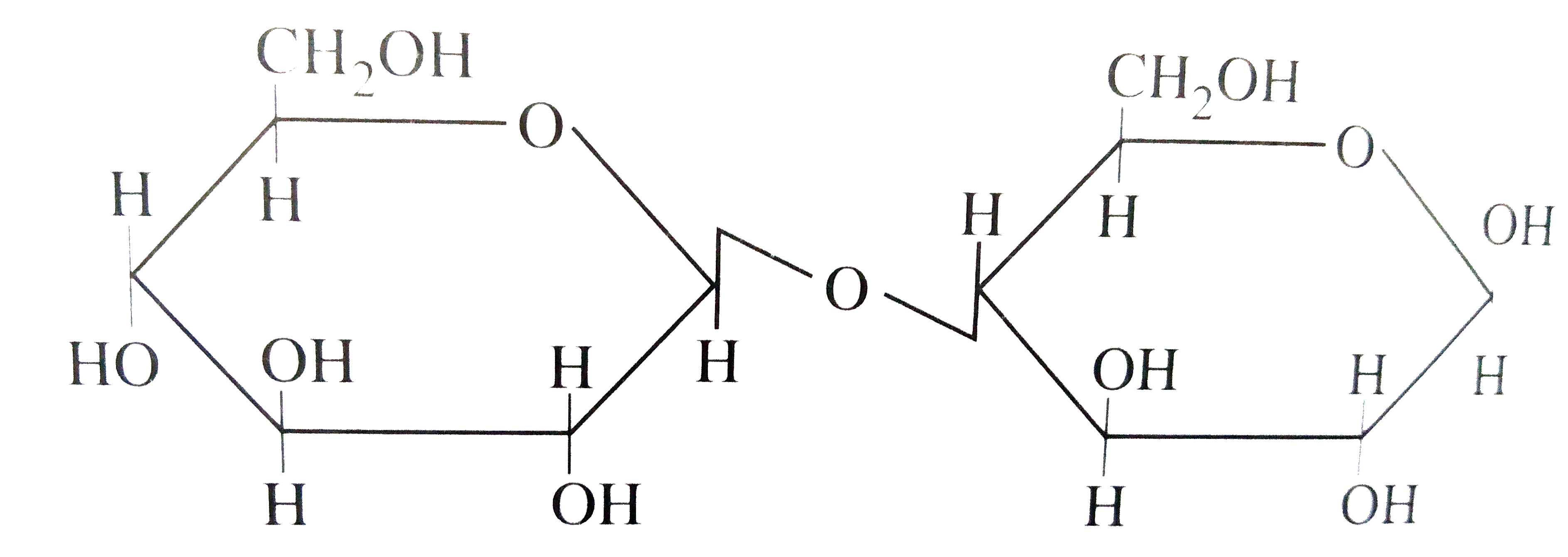
Which of the following gaseous atoms has highest value of IE?
View SolutionIonisation energy is the amount of energy required to remove the outermost e− from a gaseous atom. It's unit is kJ/mole or kcal/mole.
Successive ionisation energy - It is the amount of energy required to remove electron successively from a gaseous ion. These are termed as IE2,IE3,IE4 etc. the difference in the values of IE1,IE2 and IE3 helps to determine electronic configuration of the element.
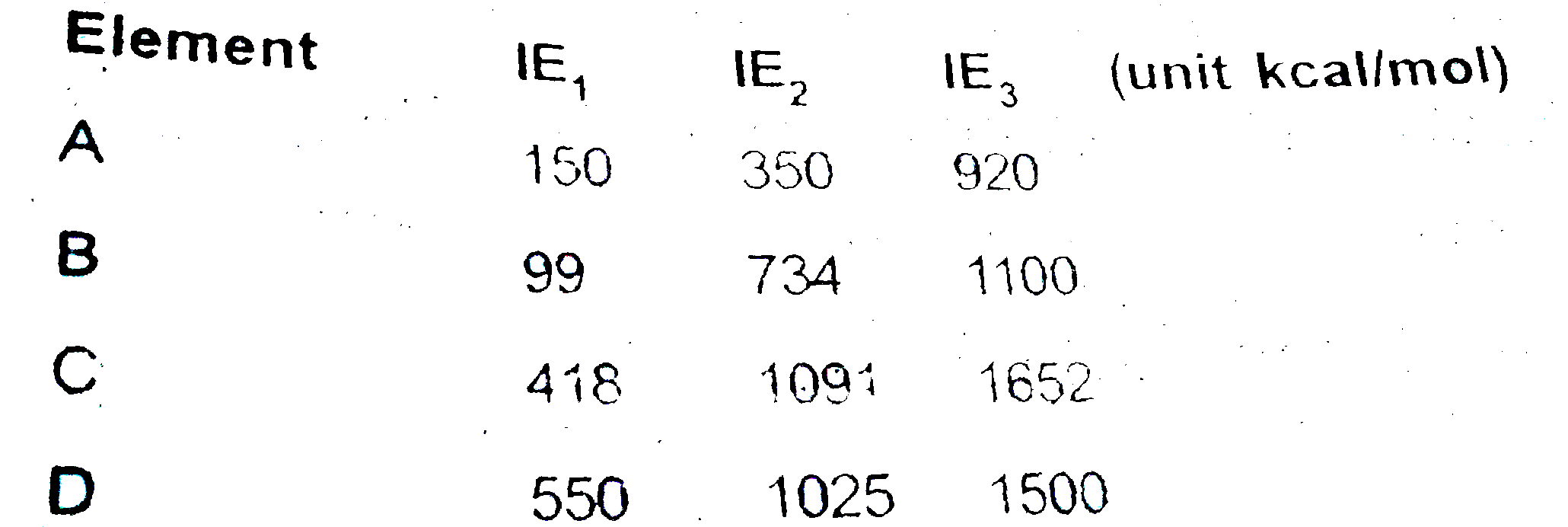
Which of the following is a non-metal ?
View SolutionIn disaccharides, if the reducing groups of monosaccharides, i.e., aldehydic or ketonic groups are bonded, these are non-reducing sugars. Which of the following disaccharide is a non-reducing sugar?
View SolutionWhich of the following process refers to IE2 ?
View SolutionWhich of the following molecules has the highest IE
(i) Ne (ii) F
View SolutionWhich of the following pairs is isostractural (i.e having the same shape and hybridization ?
View Solution
